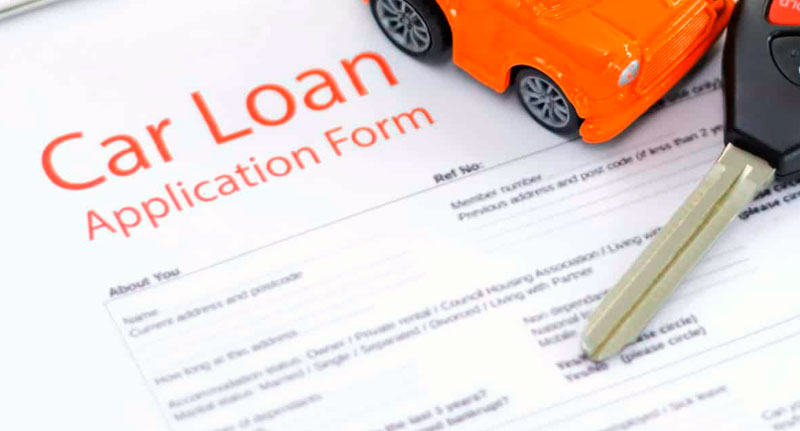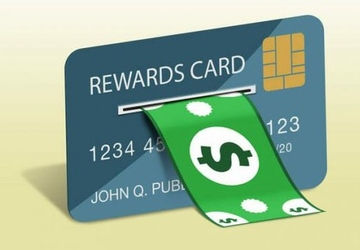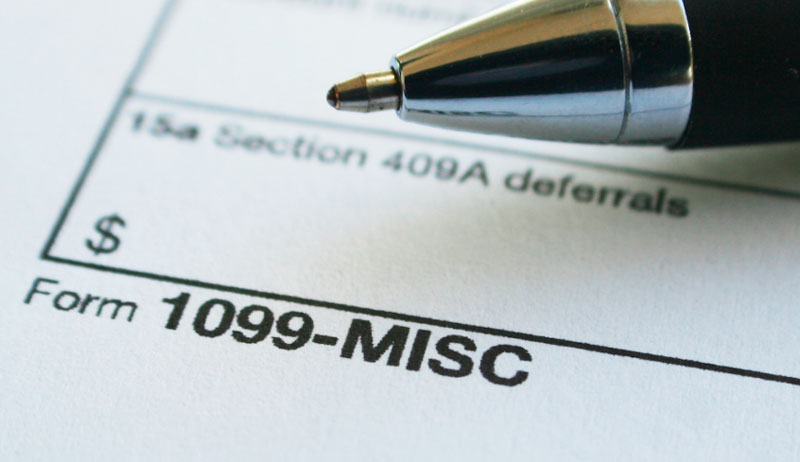All About Car Loan Calculator
Author: Kevin
For many people, buying a car means taking out a loan from a dealer or a financial institution. The monthly payments will be determined by several factors, including the loan amount, the down payment amount, the loan term, the credit score of the borrower, and the cost of the vehicle (new or used).
Before visiting a dealership, use an auto loan calculator to see how much you can afford to spend on a vehicle. This can help you choose a vehicle within your price range and give you more leverage when haggling with salespeople.
Calculator Results for Car Loans and How to Read Them The total amount you need to borrow to finance the vehicle purchase. Deduct the down payment or trade-in value from the car's price to get the loan amount.
The interest rate is the cost of borrowing money as a percentage of the total loan amount. The auto loan calculator computes and shows the following monetary amounts after you enter the relevant data The sum of all of your monthly loan payments. Each monthly payment applies to the principal and the interest accrued since the loan was taken out.
Principal Amount Financed
You will have paid this total amount of interest throughout the loan's duration. The longer it takes to pay off a debt, the more interest you will accrue. The full price of the car can be calculated by adding the sums of the principal and interest paid thus far.
Before visiting a dealership, use an auto loan calculator to see how much you can afford to spend on a vehicle. This can help you choose a vehicle within your price range and give you more leverage when haggling with salespeople.
The interest on a car loan is determined in the same way that interest on any other loan is.
Using a car loan calculator, you can determine how much interest you'll pay. Seeing how much interest you'll have to pay each month is possible if the calculator includes an amortization plan. Part of your monthly payment will go toward paying down the loan's interest, and the remainder will pay down the loan's principal.
Monthly payments of interest are calculated using the principal balance of the loan. Interest rates are typically higher at the beginning of a loan because the debt is higher. Monthly payments consisting of interest decrease as the principal is reduced.
An Auto Loan: What Interest Rate Is Acceptable?

When interest is included, the cost of a car loan can be rather high. The interest on a loan of $30,000 for 36 months at 6% is $2,856. Interest on the same $30,000 loan at 6% for 72 months comes to $5,797.
Of course, the real interest you pay is affected by even a slight variation in your rate. Compared to a loan of the same size and term length at 6% interest, the total interest paid on a loan of $30,000 over 72 months at 5% is $4,787, a savings of over $1,000.
Therefore, looking for the most advantageous rate is in your best interest. While interest rates can differ from one lender to the next, your rate is also influenced by other factors, such as Interest rates set by the Federal Reserve: borrowing money costs less when the Fed maintains rates low.
Your FICO rating: A lower interest rate is typically associated with a higher credit score. DTI, or debt-to-income ratio, measures how much of your income is used to service your debt. The DTI reveals what percentage of your monthly gross income will be servicing your monthly debts. You'll get a better APR and DTI ratio the less you earn.
Where Can I Find a Car Payment Calculator?
You can see how much interest you'll pay throughout the life of a loan and the monthly payments on our loan calculator. Use the loan calculator to play around with different parameters until you find a loan payment and interest rate that works within your budget.
By dividing the entire principal and interest due over the loan period, you may estimate your monthly installment (the number of months you have to repay the loan). A loan of $30,000 for 60 months at 4% interest would cost $3,150 in total interest payments. The total monthly amount you owe is $552.50 ($30,000 + $3,150 60).
You will pay more interest on a loan and face a higher interest rate the longer it takes you to pay it back. Consider making a down payment and selecting the shortest loan period for which your monthly payment is manageable. Remember that there are costs associated with owning an automobile in addition to the loan repayment. Make sure you have enough money set enough to cover expenses like insurance, gas, parking, and maintenance.



